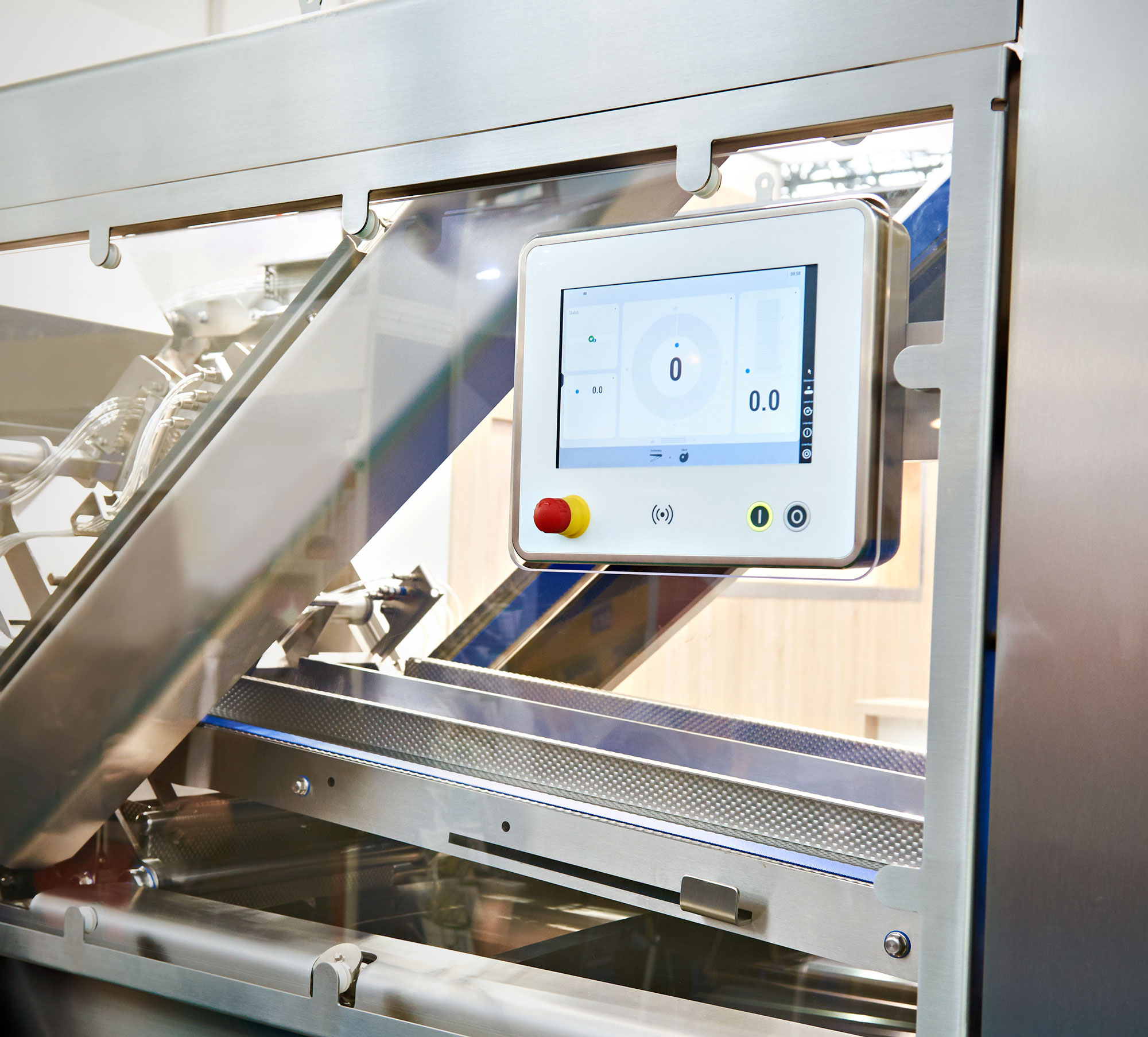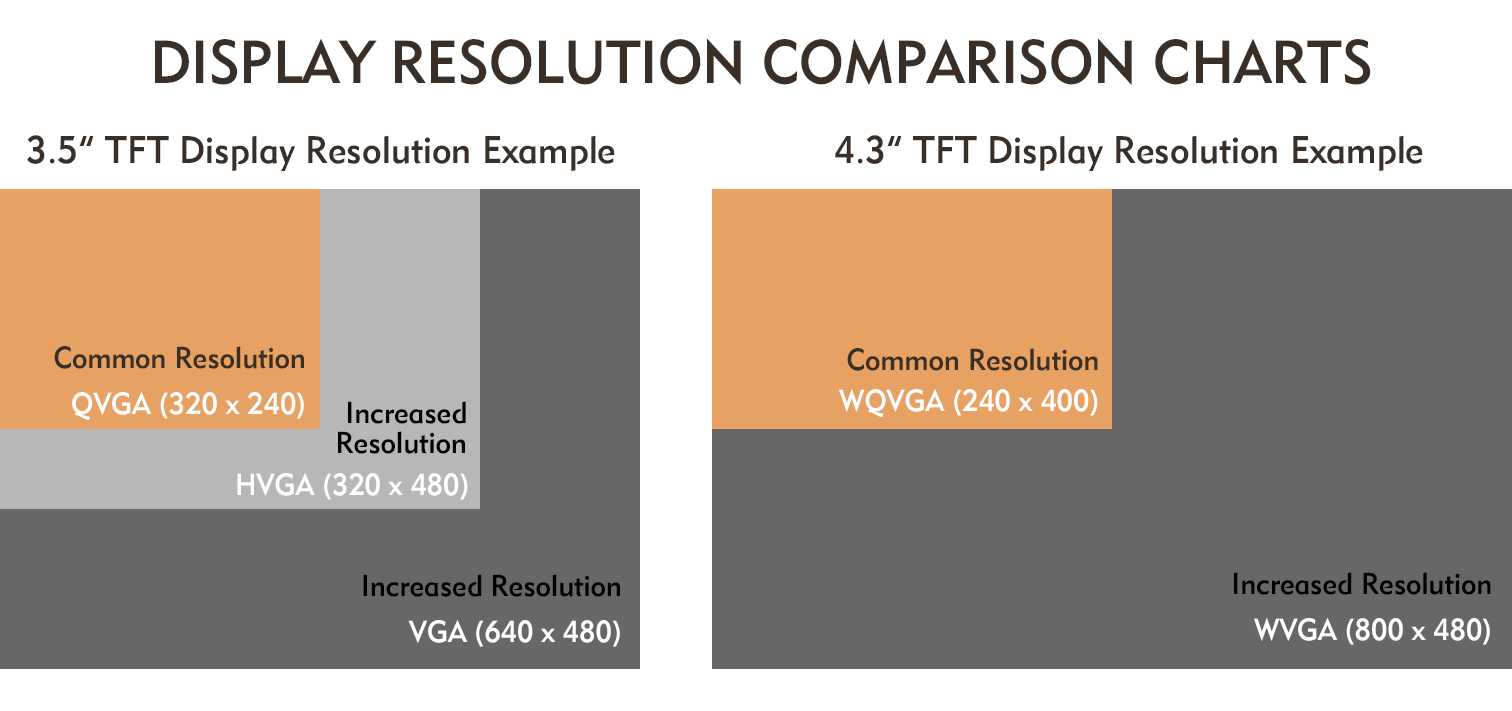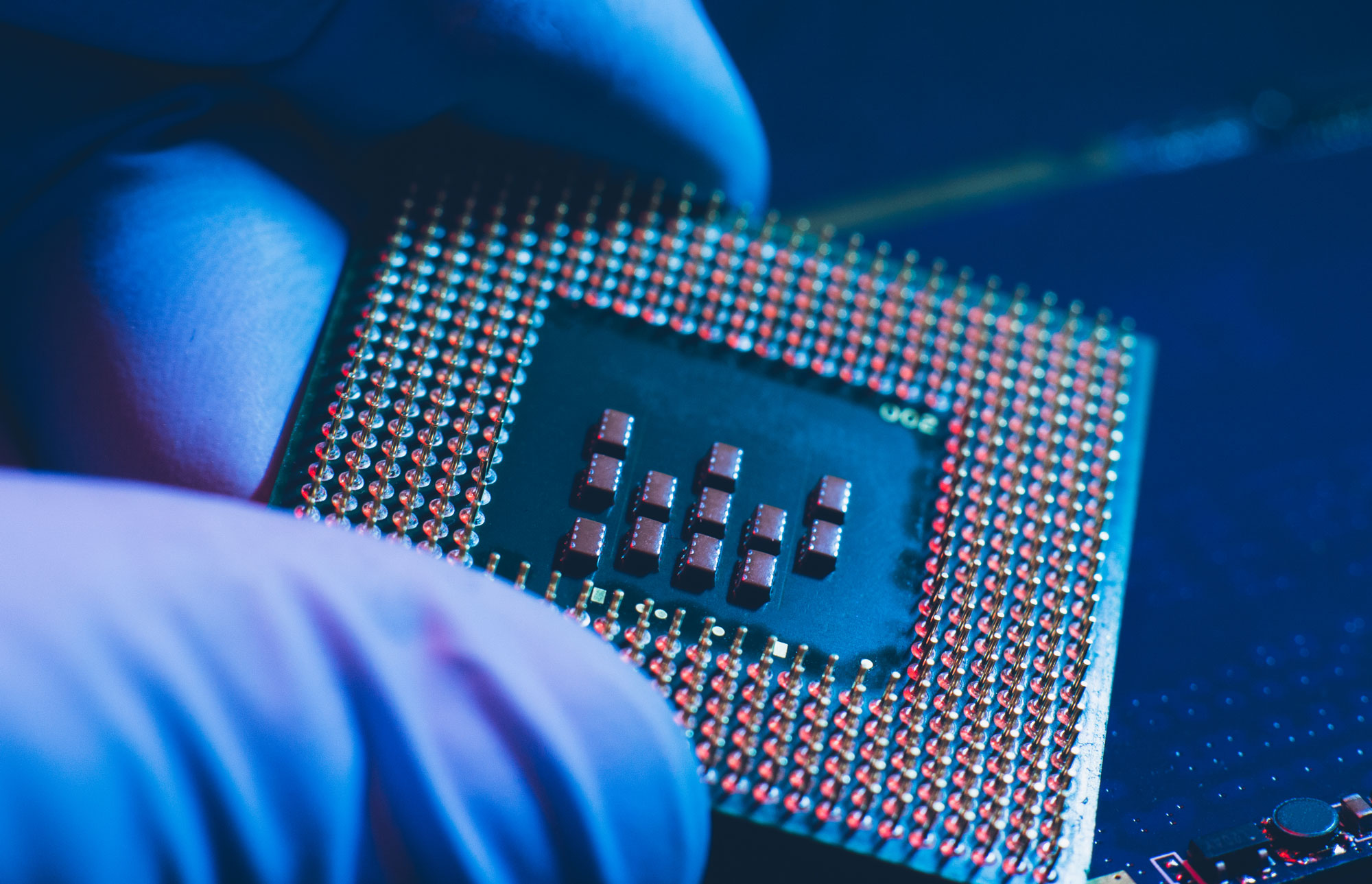How to upgrade your embedded display for a punchier user experience

David Roberts of Anders
Why should I increase the display resolution? Integrating a higher resolution display is a popular upgrade path for today’s embedded products, says David Roberts, business manager, at Anders. This is to meet the ever-increasing expectations of end users spoiled by the latest smartphones.
It’s 13 years since the first-generation iPhone was launched, at the start of the smartphone revolution. Profoundly influencing the way we live and work, it has changed everything from keeping in touch with friends and family, to making payments and using financial services, controlling our homes, and entertaining ourselves with video and gaming.
More than this, its influence has completely transcended the mobile market and revolutionised the way we interact with technology everywhere. Thanks to smartphones, our expectations of equipment such as industrial control panels, retail point-of-sale equipment, vending and ticketing machines, cookers, washing machines, coffee makers, door-entry systems, and office equipment such as scanners and printers have been transformed.

The trend is now ingrained. Every new smartphone model offers sharper graphics, more vivid colours, more fluid animations, more natural gesture-based controls – and markets expect similar vibrancy, immersivity, and immediacy to permeate into all the other devices we interact with at home, at work, and on the move.
Right now, at Anders, we are frequently tasked by customers to help them upgrade and revitalise the user interface of successful and established products. This often involves migrating the underlying embedded system to a higher-resolution display: replacing, say, a 3.5-inch QVGA (320 x 240 resolution) with either a 320 x 480 HVGA or 640 x 480 VGA unit. Applications that feature a 4.3-inch display are similarly moving from 240 x 400 WQVGA, typically to WVGA at 800 x 480.
The same display size is often adequate for the application and, indeed, re-designing to incorporate a larger display can be expensive. Increasing the display resolution can be a more cost-effective way to deliver an exciting boost in your target market.
 With the higher resolution, there are also opportunities to redesign the entire look and feel of the front end to take full advantage of the new display capabilities. In addition, alongside the shift towards higher resolution, there is also often a desire to increase the brightness for a sharper, more vivid user experience.
With the higher resolution, there are also opportunities to redesign the entire look and feel of the front end to take full advantage of the new display capabilities. In addition, alongside the shift towards higher resolution, there is also often a desire to increase the brightness for a sharper, more vivid user experience.
How will a higher resolution display impact my embedded system design?
In most case upgrading the user interface is not as easy as simply choosing the new display and connecting it up. Re-engineering the system needs to take into account the possible increased loading on the processor, particularly if there is a significant redesign of the user interface to introduce more complex or faster graphics and animations. A more sophisticated user-interface application will also likely demand extra code memory as well as additional frame storage and buffering.
Fortunately, when rethinking the user interface, we can take advantage of improvements in aspects such as the microcontroller and memory technologies to handle the associated increases in system demands. Microcontroller manufacturers are continuously introducing new devices that offer higher performance with lower power consumption, and it pays to keep abreast of what the market has to offer. Similarly, as far as memory is concerned, the trade-off between read and write performance, density, and price continues to improve in the engineer’s favour, enabling designers to achieve the effects they need within acceptable limits on overall power, size, and cost.
Where do I start with my user-interface upgrade project?

Original equipment maker (OEM) design teams tend to start with the front end of their product, focusing on how the user interface will look and feel. It’s a quite reasonable standpoint from which to begin, as these are the key features are that will differentiate the new product against others in the market as far as the end user is concerned.
The big idea, the creative vision, usually starts here, and the subsequent engineering effort works from this point back into the system. This is where Anders’ specialist and display-integration and embedded-design expertise comes in. You have the vision; we provide the knowhow to make it happen.
Anders Electronics plc. is a display and embedded display design specialist, dedicated to making electronic touchscreen technology safer, simpler and more enjoyable to use. Over 30 years ago, Anders started designing, developing, and delivering customised display solutions for the non-consumer industry and they haven’t stopped innovating since! Anders features a history of reliability and innovation, and lives to solve display engineering challenges.
Anders harnesses their expertise in display, embedded computing and touch control technology to help differentiate their customers’ products through exceptional design and engineering.
With Selectronic joining the mix, the team adds depth and dimension, including enhanced portfolios, depth of services and engineering, increased scale of capabilities and market opportunities, as well as improved manufacturing speed of operations. Now the team is able to operate across multiple time-zones, making business with Anders simple and agile, with an integrated robust supply chain solution throughout.
The author is David Roberts, business manager at Anders.
Comment on this article below or via Twitter @IoTGN
